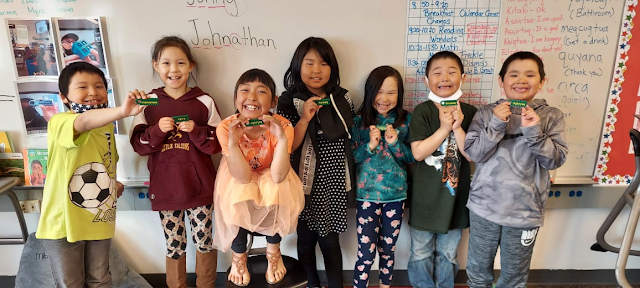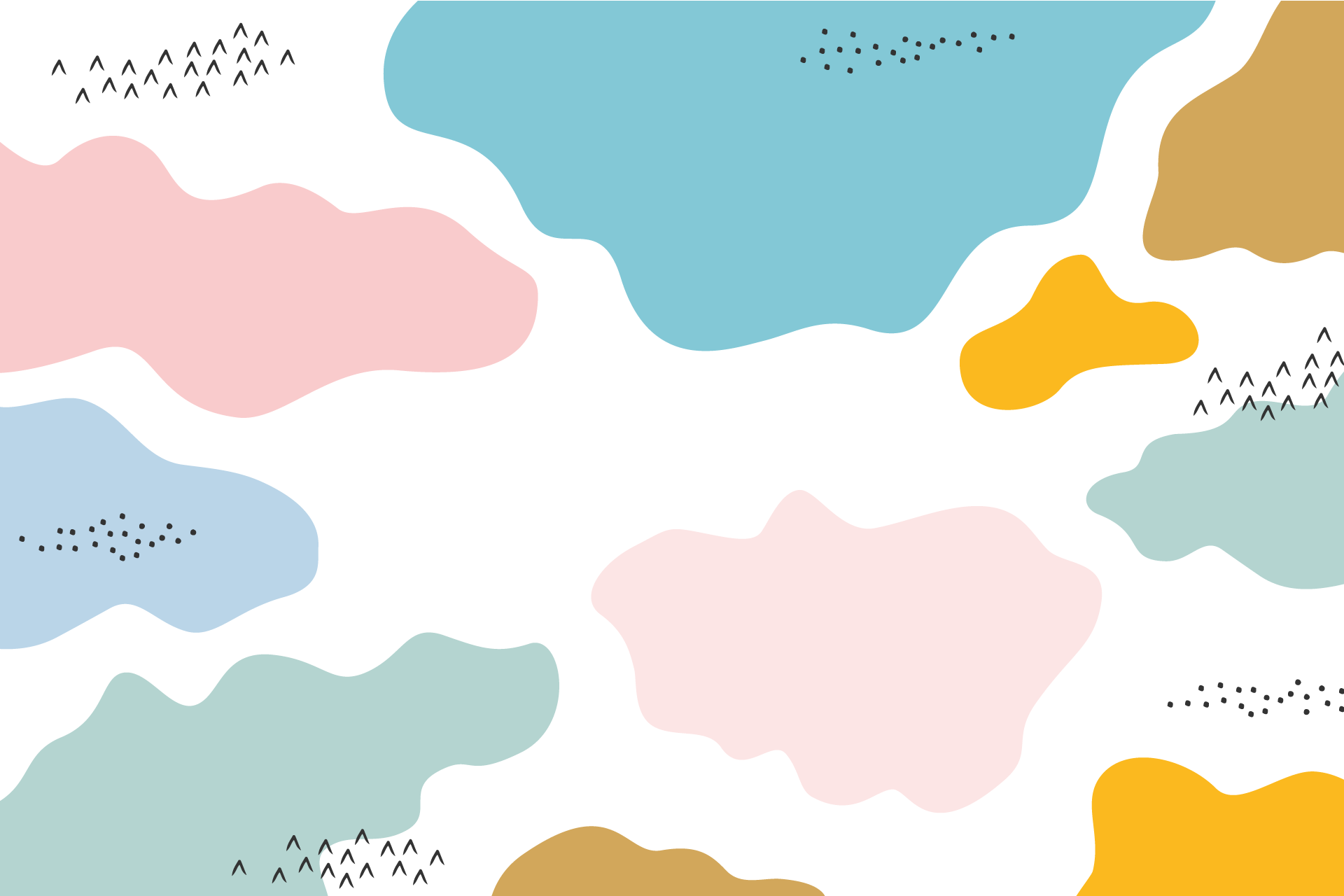BLOG: Indigenous Youth of Alaska and 3D Printing Technology
by Susan Waruingi
"Nothing is impossible with a little ingenuity," says Nelressa Faye, a Kotlik school educator, new to Alaska, US. Faye shares a game changing experience to the students of Kotlik after they interacted with 3D printing technology for the first time with Facilities Manager, Kim Riggs from the University of Alaska.

The Yupik tribe is the largest of the indigenous people in Alaska known for their keen abilities to invent tools and technology that were highly adapted to survival in Alaska. As hunters and gatherers living in temporary houses, the tribes have used innovation and resources to transition into a mix of modern and traditional. The tough life in the north made it possible for community members to stay together as they executed inventions and performed daily chores in the families. As a result, informal education was passed down to their children. However, with rapid changes in their way of life, modern technology and inclusive education policies in North America, Yupik communities have embraced formal education in schools. Consequently, like any other indigenous people, Yupik communities faced challenges adapting to new changes and conditions, for instance, learning English and performing tasks in the new language along with a lack of resources to cope with these changes.
It is with the acknowledgement of such challenges that the UArctic Thematic Network Arctic Indigenous Skills exists to support indigenous traditions and culture. The network is empowering the identity, self-respect and awareness of Arctic indigenous communities by bringing together the youth, their teachers, experts of education; enabling them to share their knowledge, experiences and best practices over a variety of themes, languages and education.
Through the network, Faye created a positive learning environment for her indigenous students to keep them engaged and receptive to technology. Together with her second grade class they collaborated with Kim Riggs from the University of Alaska-Anchorage, Engineering Department to learn about 3D printing.
3D printing is a process of making three dimensional solid objects from a digital file. It enables one to produce complex shapes using less material than traditional manufacturing methods which involves cutting pieces out from metal or plastic.

Over the course of this semester, the two organizations met on Zoom calls and watched live 3D printing demonstrations from the engineering department. The students applied many integrated skills such as: programming, forming shapes, geometry, symmetry, math and reading to support the pupils diverse learning behaviors. Thereafter, Faye and her pupils were able to work autonomously through application of the program, Tinkercad. Tinkercad is one of the best 3D software that simplifies the process from conceptualization to design as it processes the data regarding the model and prepares it into a printable file. It is a free online application that is used by teachers, kids, hobbyists, and designers.
This activity facilitated a radical change in the mindset of the Yupik pupils because it helped them think about attending college in the future to study engineering, machine learning and entrepreneurship. Therefore, it is important for the indigenous communities to have access to new technology and resources so they are not at a disadvantage. To teach effectively, educators must simulate their environment to help learners' understanding and visualize learning outcomes for the future.
Faye says that learning about 3D printing machines can assist villages in building their own materials instead of ordering online and waiting for parts to be shipped into the villages. This can lead to creating services in a timely manner and even provide jobs for machinists. There are other benefits associated with 3D printing such as risk reduction, accessibility, consistency, quality of design and competency. For example, through proper illustrations, manufacturers can effectively test markets and gain feedback from prospects without necessarily investing risky amounts of money in prototyping. Another competitive advantage of 3D printing is that it has led to many advancements in the medical field. During the COVID-19 pandemic the University of Alaska created ventilation masks for local hospitals supplying resources that would have otherwise taken a long time to manufacture and ship. Furthermore, 3D printing is a sustainable method for industrial manufacturing since materials used can be recycled thus making it cost effective and flexible to use.
Availing the resources and modeling education curriculum in a way that promotes 3D printing is one of the ways of developing employability skills of the indigenous students in Alaska. Thanks to UArctic Thematic Network Arctic Indigenous Skills, Faye and her second grade class are able to explore resources that would have normally been unavailable to indigenous students, taking them to the forefront of the technology frontier.
References
Ayunerak, P., Alstrom, D., Moses, C., Charlie, J., Sr, & Rasmus, S. M. (2014). Yup'ik culture and context in Southwest Alaska: community member perspectives of tradition, social change, and prevention. American journal of community psychology, 54(1-2), 91-99. https://doi.org/10.1007/s10464-014-9652-4
Yupik People of Alaska: Culture, Food & Traditions. (2017, July 31). Retrieved from https://study.com/academy/lesson/yupik-people-of-alaska-culture-food-traditions.html.
Yupik Peoples: History, Language & Tools. (2017, August 1). Retrieved from https://study.com/academy/lesson/yupik-peoples-history-language-tools.html.
https://www.uarctic.org/organization/thematic-networks/arctic-indigenous-skills/
https://www.tinkercad.com/
https://3dprinting.com/
